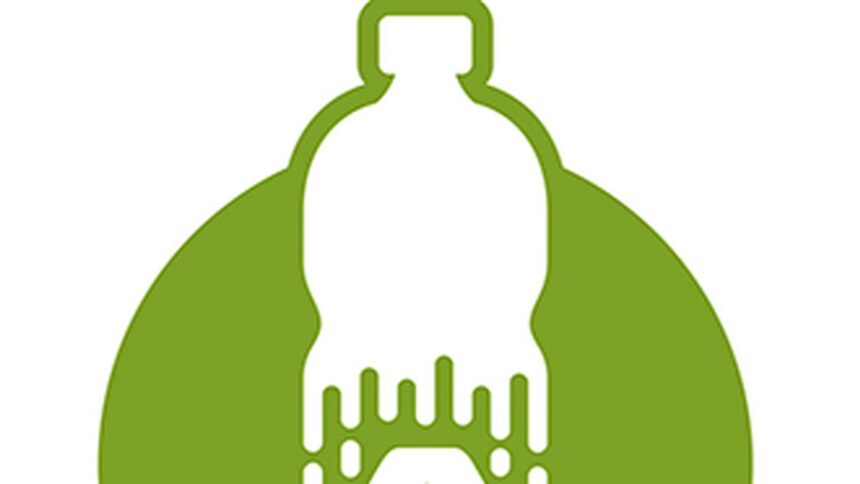Over the past few years, compostable packaging has shifted from a luxury to a necessity in certain markets. At DCGpac, where every packaging type is scrutinized, this transformation has become increasingly apparent. The question remains: is compostable packaging the new standard? This trend appears to be on the rise, albeit with some significant challenges.
Why the Hype Makes Sense
-
Planet-Positive Credentials: Compostable materials, such as certified cellulose, plant fibers, and certain bioplastics, leave a considerably smaller ecological footprint compared to traditional plastics. When properly disposed of, these materials do not persist in the environment for extended periods. They comply with regulations that are progressively banning specific single-use plastics, incentivizing brands to adopt more sustainable practices. As a result, consumers are increasingly favoring brands that demonstrate environmental responsibility.
-
Regulatory Tailwinds and Policy Incentives: Governments, particularly in states within India, are intensifying restrictions on single-use plastics. Policies, along with global trade pressures, are prompting brands to pivot towards compostable or recyclable materials. This shift is reflected in rising demand across various sectors, including food delivery, quick commerce, gift packaging, and fast-moving consumer goods (FMCG).
-
Brand Differentiation and Consumer Trust: For a growing number of companies, packaging transcends its practical use and becomes a reflection of brand values. Compostable packaging serves as a mechanism for fostering trust and aligning with the values of conscientious consumers. This alignment influences purchasing behaviors, strengthens brand loyalty, and shapes narratives on social media.
The Real Challenges
However, despite the promising prospects, transitioning to compostable packaging is not without its limitations.
-
Infrastructure Gaps: Industrial composting facilities are still notably scarce outside major urban areas. Inadequate composting infrastructure means that many compostable items are improperly disposed of, often ending up in landfills where they may fail to decompose correctly or worse, produce methane.
-
Cost and Performance Trade-Offs: Compostable materials generally come at a higher cost than conventional plastics or paper. Furthermore, they may not always meet the necessary performance benchmarks, such as shelf life, water resistance, or barrier properties, particularly in food packaging or for oily products. Bridging these performance gaps will require ongoing research and innovative solutions.
-
Certification, Clarity, and Mislabeling: There is substantial variability in compostability claims. Misleading labels, confusion over the distinction between compostable and biodegradable, and a lack of standardized certifications undermine market credibility. Companies are encouraged to invest in certified materials and adopt clear messaging to combat these issues.
Where Things Go from Here
Compostable materials are increasingly being integrated purposefully into applications such as food-grade packaging and gift boxes, particularly where there is consumer demand for more sustainable options. However, it is vital to couple this with education for both clients and end-users about proper disposal methods, while also designing packaging that fits within existing supply chains and balancing costs through economies of scale and effective sourcing strategies.
Although compostable packaging may not yet be universally recognized as the definitive solution, it represents a significant and growing alternative. In the next three to five years, if advancements in infrastructure, standards, and material science continue, early adopters of compostable packaging may realize both environmental benefits and a competitive edge. For companies, adopting this approach serves as a strategic advantage, not just for sustainability, but also for building consumer trust and ensuring future readiness.
The author is founder and CEO of DCGpac.
Published on September 28, 2025.










